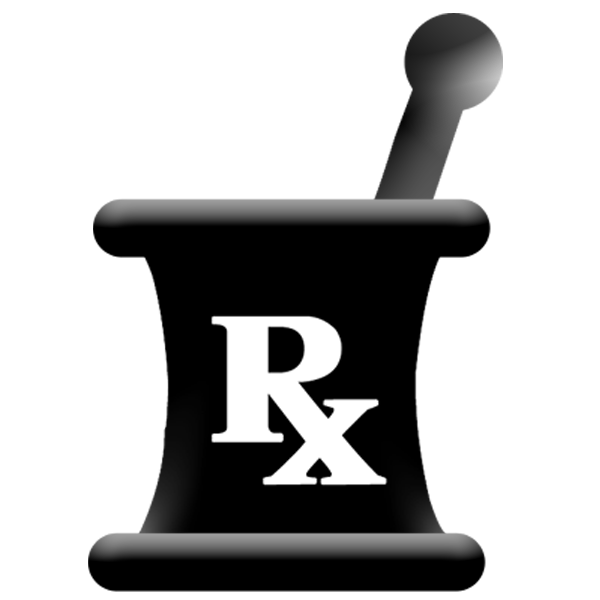
Rndballref
20 Years Experience
Chicago, IL
Male, 60
For twenty years I officiated high school, AAU and park district basketball games, retiring recently. For a few officiating is the focus of their occupation, while for most working as an umpire or basketball referee is an avocation. I started ref'ing to earn beer money during college, but it became a great way to stay connected to the best sports game in the universe. As a spinoff, I wrote a sports-thriller novel loosely based on my referee experiences titled, Advantage Disadvantage
Doesn't sound like a correct call. The violation should have been ignored OR a pushing foul should have been called.
The rulebook states that a dribble ends when the dribbler picks up the ball, the ball is touched by an opponent,or the ball becomes dead. It is a violation to dribble a second time unless it is after an attempt at try, a touch by an opponent, or a pass or fumble which touches another player.
So, if you dibble off a players foot and retrieve the ball and resume dribbling it is double dribble. If you would have passed the ball hitting a teammate and then retrieve it no violation.
Answer to your question is no.
I was taught in this scenario to call a foul as soon as the post player starts a dribble or makes a move toward the basket (or shoots) . If the post player gives up the ball, pass on the foul call.
Not sure what situation you are asking about. If this does not answer your question please rephrase it. So, if the free throw shooter has the ball and the defense commits a violation in a one-and-one, the referee should hold one arm parrallel to the floor to indicate a delayed call. If the free throw goes in then the violation is ignored. If the free throw is missed, then the one-and-one is restarted from the beginning. If the ball was not at the disposal of the free throw shooter and a violation occurs, it should be ignored and the process reset.
Literary Scout
 Can a novelist achieve huge success through self-publishing?
Can a novelist achieve huge success through self-publishing?
Waitress
 What types of customers are the worst tippers?
What types of customers are the worst tippers?
Pharmacist
 Have you ever given someone the wrong prescription?
Have you ever given someone the wrong prescription?
Yes, the ball becomes live when it is at the disposal of the thrower on a throw in. It is illegal to have 6 players when the ball is live. Should be a technical.
BUT, it is also poor officiating by the referee crew, because one of the throw in officials' partners should be counting players (after time out for example) and preventing this situation from arising.
No, the points should not be cancelled because the free throw ended "when it is certain the try was unsuccessful". The points were scored after the free throw ended, but before the error was recognized. When you are able to correct an error, "points scored, consumed time and additional activity, which shall occur prior to the recognition of an error shall not be nullified.
There is no provision in the NFHS rulebook which addresses any foul after the game. Each state has bylaws which might impose penalties for unsportsmanlike conduct outside the auspicies of the on-court officials. The referees' jurisdiction ends after they have validated the score and they leave the confines of the court. If something happened after the end of the game I was officiating I would write an incident report and send it to the state for action or disposal.
-OR-
 Login with Facebook
Login with Facebook (max 20 characters - letters, numbers, and underscores only. Note that your username is private, and you have the option to choose an alias when asking questions or hosting a Q&A.)
(A valid e-mail address is required. Your e-mail will not be shared with anyone.)
(min 5 characters)
By checking this box, you acknowledge that you have read and agree to Jobstr.com’s Terms and Privacy Policy.
-OR-
 Register with Facebook
Register with Facebook(Don't worry: you'll be able to choose an alias when asking questions or hosting a Q&A.)